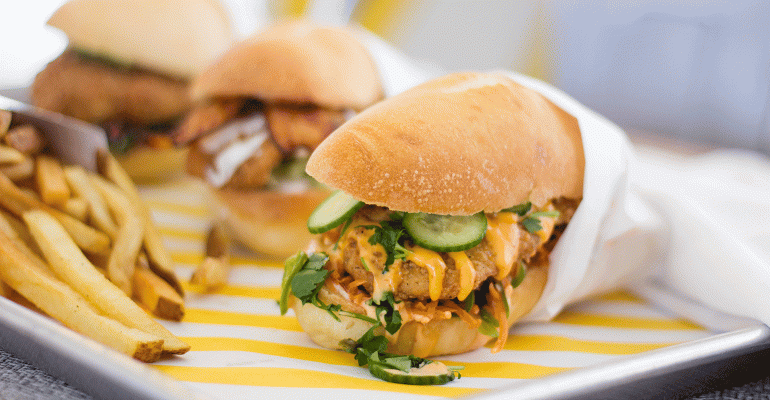First, the good news: Food prices, with a few exceptions, have stabilized over the past few years. Now, the bad news: The price of pretty much everything else has gone up.
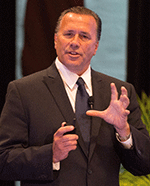 “Food cost used to be your highest cost,” said Kelley Jones (left), president and COO of Hospitality Alliance, a restaurant consulting, operations and management firm. “Now it’s labor cost, then occupancy, followed by food cost.”
“Food cost used to be your highest cost,” said Kelley Jones (left), president and COO of Hospitality Alliance, a restaurant consulting, operations and management firm. “Now it’s labor cost, then occupancy, followed by food cost.”
That makes managing the cost of what goes on the plate even more crucial to turning a profit.
New tools can help restaurateurs keep track of what’s happening in their establishments, and operators have gotten smarter at looking at the big picture when it comes to ensuring that the menu is profitable.
The new food-cost equation
Chefs have traditionally been taught to keep a close eye on food cost, or the percentage of the menu price that it costs to make a dish. For example, if the ingredients in a dish cost $1 and it’s priced at $4 on the menu, the food cost is 25 percent.
“So many chefs erroneously look at that percentage,” Jones said. “But you don’t bank percentages; you bank dollars.”
The more important measure is margin, he said. For instance, if a calamari dish priced at $12 on the menu has a 10-percent food cost, the profit is $10.80. But a rib-eye steak priced at $40 on the menu with a 40-percent food cost nets a $24 profit.
“You’re making a lot more on that rib-eye than you are on that calamari,” Jones said.
But slavishly ensuring that the food cost of every item meets budget — whether at a doughnut shop with a 5-percent food cost, a ramen joint with a 20-percent food cost or a steakhouse with a 32-percent food cost — is to miss the big picture. Instead, operators must price menu items in a way that makes sense to customers, Jones said.
When Hospitality Alliance enters a new market, they do a deep dive into what competitors are charging and price the menu at the middle to low end of that range, according to Jones.
“Our long-term growth is through covers, not check averages,” he said.
Still, operators must know the cost of everything that comes out of the kitchen, not just center-of-the-plate proteins, but “sub recipes” such as sauces and sides, Jones said.
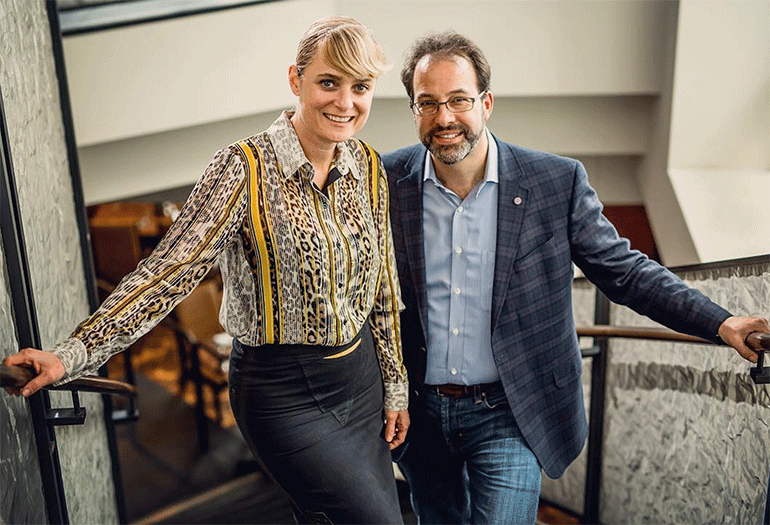
Stacy and Adam Jed of Bluestem Brasserie
Other costs also factor in, according to Stacy and Adam Jed, owners of Bluestem Brasserie in San Francisco.
Adam Jed said the old rule-of-thumb for independent restaurants like Bluestem was to calculate a food cost of 28-33 percent and add a few cents for washing dishes, the cost of energy and the like. But those few pennies are no longer enough, so they now additionally calculate the cost of labor of a dish.
For example, if the restaurant makes burger buns in-house, they don’t just calculate how much flour, yeast and oil cost, but also the time it takes to prepare the buns and the worker’s hourly wage. That calculation is a more accurate way to see if the restaurant really saves money compared with buying the bun from a supplier, Stacy Jed said.
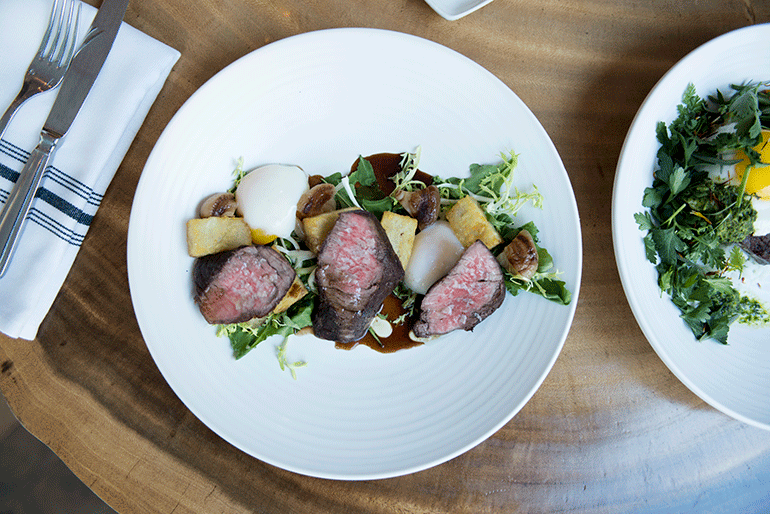
Adam Jed is now working on how to factor in the cost of washing dishes, plating, clearing and setting the table to determine how to price a dish on the menu.
Labor costs are also on the mind of Aaron Noveshen, restaurateur and founder of The Culinary Edge consulting firm.
“In Sunnyvale, [Calif.,] minimum wage went from $11 to $15 in 13 months,” he said.
As a result, he keeps a tight rein on schedules at Starbird, his quick-service chicken chain with locations in Sunnyvale; San José, Calif.; and at Levi’s Stadium in Santa Clara, Calif., home of the San Francisco 49ers. Noveshen schedules staff by half-hour and even 15-minute increments, and has implanted prep lists and built schedules based on projected sales to improve efficiency.
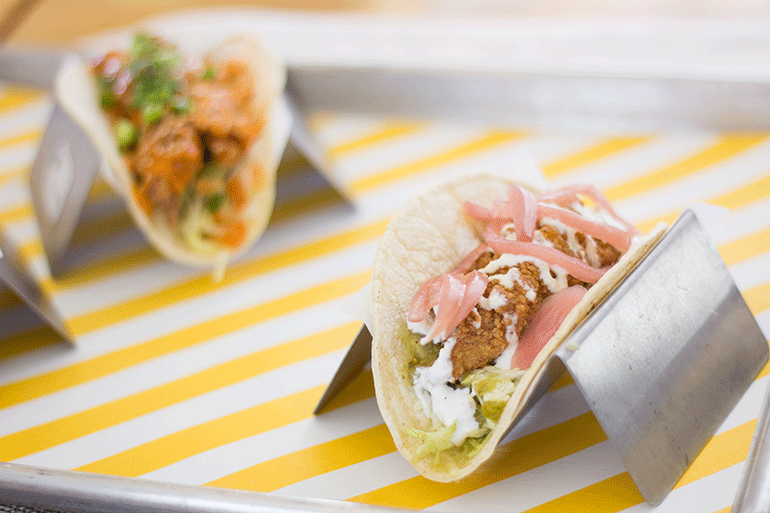
Improving value perception
Noveshen has also worked to save on packaging. Although the 50 percent of customers who order takeout get their food packed in boxes, dine-in customers get their chicken sandwiches wrapped in less expensive paper with half of the sandwich exposed, improving its visual appeal. Salads are similarly served in what Noveshen called an “oversized fry boat” that helps to improve its perceived value.
“Why put a closed box on a tray when you can show beautiful food?” he asked.
And if the packaging is less expensive, all the better, he added.
Presentation can affect perceived value in full-service restaurants, too, so the rice bowl trend has been a boon to Pacific Catch, Noveshen’s full-service concept.
But when it comes to profit, free ingredients like air and water are tops, he said.
“Starbucks wins that war pretty well,” he said, as coffee is mostly water and much of the milk added is steamed and aerated.
After free ingredients come commodities such as grains and oils. By filling a bowl with rice and enhancing the flavor with sauces and ingredients such as grilled pineapple, pickled vegetables and ginger, customers don’t need a huge piece of protein to feel satisfied. Pacific Catch charges $16.50 for rice bowls, according to its website.
Noveshen advised experimenting with different presentations to see how customers respond.
“We’ve replaced one plate versus another and the [perceived] value goes through the roof,” he said.
Messaging helps, too, according to the Jeds at Bluestem.
“All food cost is based on the price that you can charge for the product,” Stacy Jed said, so it’s important that customers perceive the food as high quality.
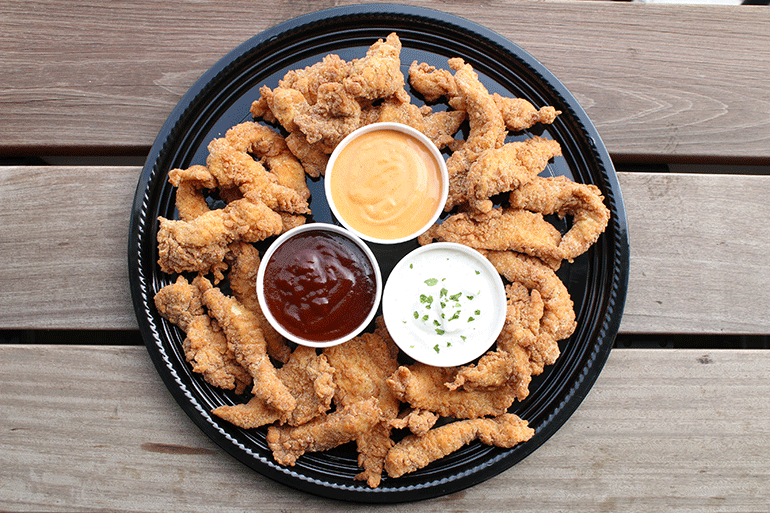
Conveying quality, reducing waste
One way to convey the quality of food is with whole-animal butchery.
Bluestem brings in whole hogs, lamb and beef primals to butcher in-house. Although the labor involved in butchering must be taken into account, ranchers and farmers are willing to sell animals at reduced prices if restaurants buy them whole, Stacy Jed said. That also allows the restaurant to make its own stocks and broths, “those things you need and forget about, and often end up buying,” she said, as well as charcuterie.
But to make whole-animal butchery profitable, the kitchen must make sure to use the meat, bones and organs wisely.
“Eliminating waste is clutch to keeping costs in line,” Adam Jed said.
To reduce waste, Noveshen is obsessive about taking care that his ingredients are in good condition.
“At Pacific Catch, we’re religious about our fish handling,” he said, and the restaurant keeps it on ice at all times. He’s similarly fanatical about Starbird’s chicken.
As part of recording food costs, chefs often have a “waste sheet” to record product that couldn’t be used. But Jones of Hospitality Alliance discourages that.
“I don’t allow waste sheets on my properties because they become a crutch,” he said. “It’s management and chefs’ job to control the product — what they order, receive and prep.”
Trim can be repurposed for specials and, if it doesn’t hurt quality, product can be frozen for later use, he said.
But outsourcing some of the labor can make sense, Noveshen said. Pre-butchered products can improve consistency and safety and reduce training and daily labor costs.
Harnessing tech
Bluestem recently upgraded its point-of-sale system, allowing the Jeds to look at everything in real time from anywhere. They can also categorize menu items more precisely. For example, they can sort complimentary meals based on why they were comped, so food given to an employee goes into a different category than that of a dissatisfied customer. That allows them to see if a dish wasn’t prepared properly.
“All of that is informing us in changes we need to make, either in what’s on the menu or the way we’re preparing the food,” Adam Jed said.
They review the data weekly to spot any other red flags, such as food that went missing or dishes they need to rework or promote differently.
Contact Bret Thorn at [email protected]
Follow him on Twitter: @foodwriterdiary
Correction: Feb. 26, 2018 An earlier version of this story quoted Kelley Jones as saying that occupancy was the highest restaurant expense. He has since modified his comment, saying that labor is the highest expense, followed by occupancy.

